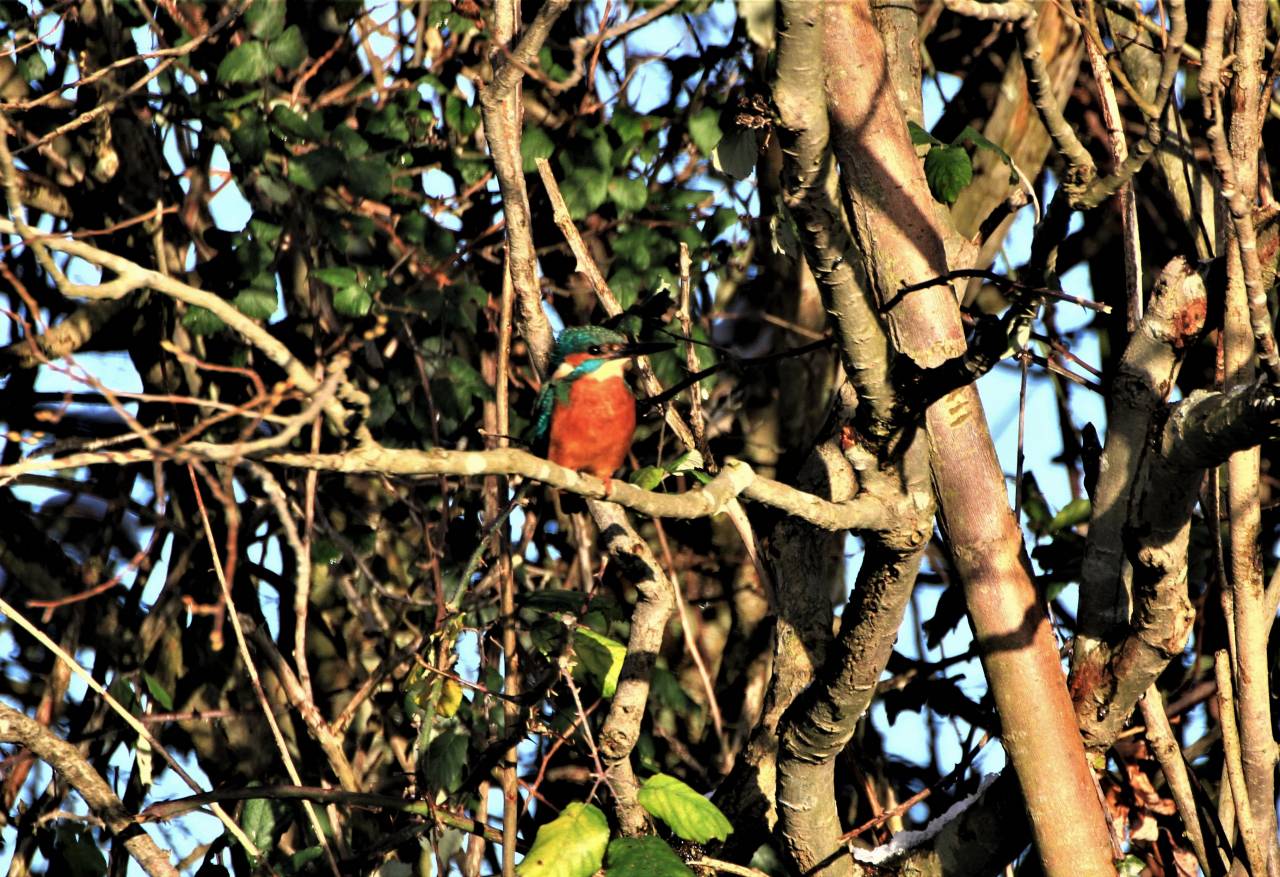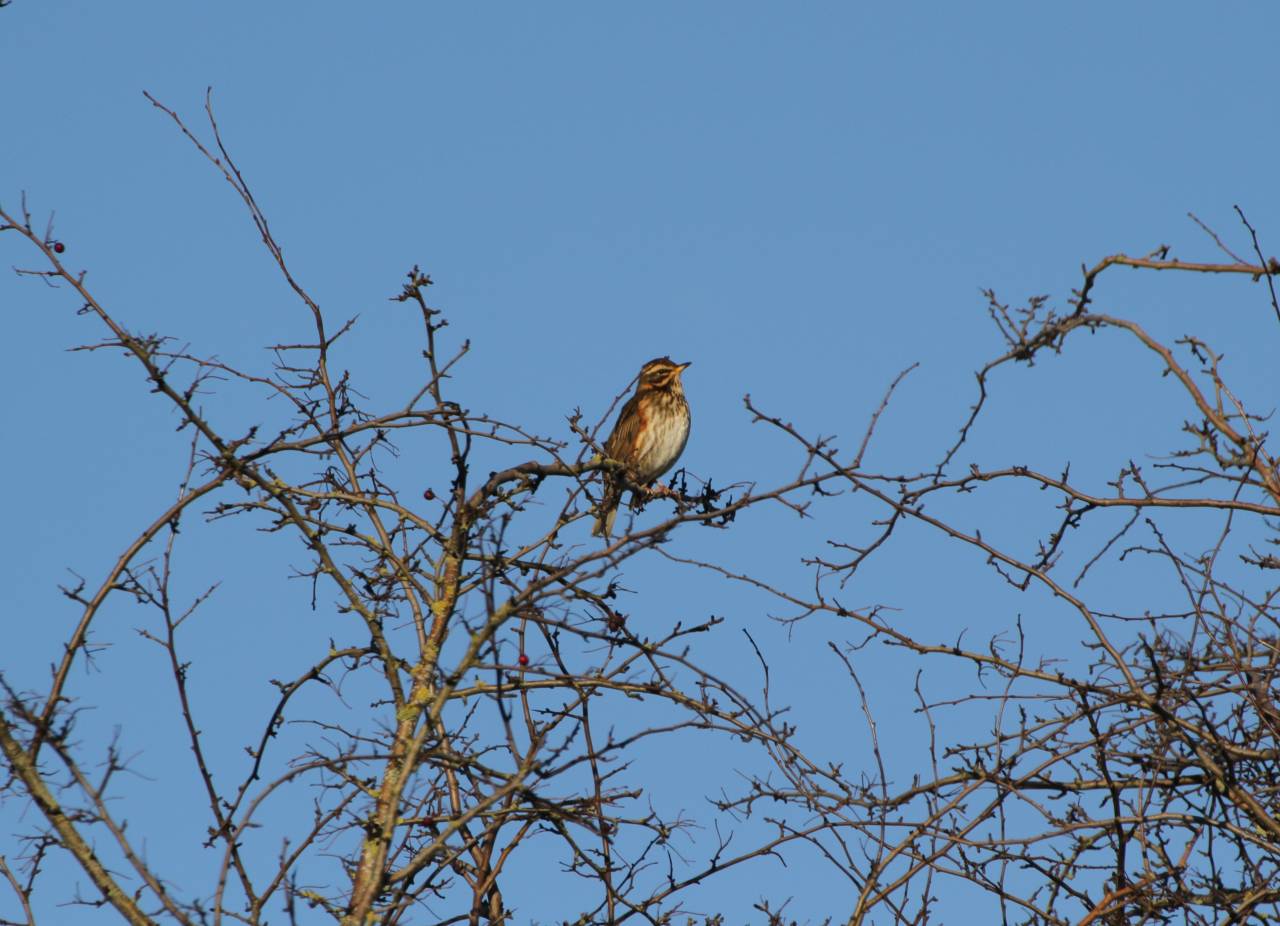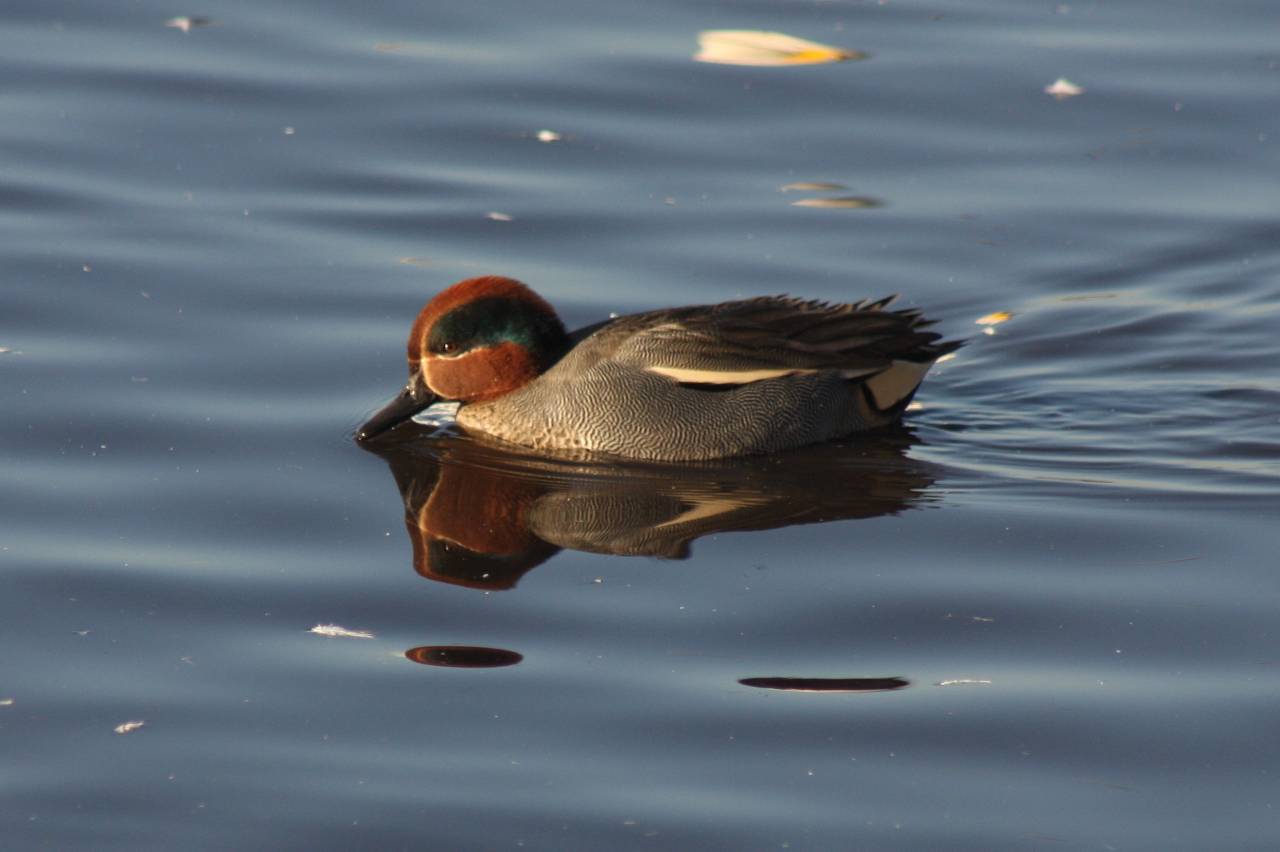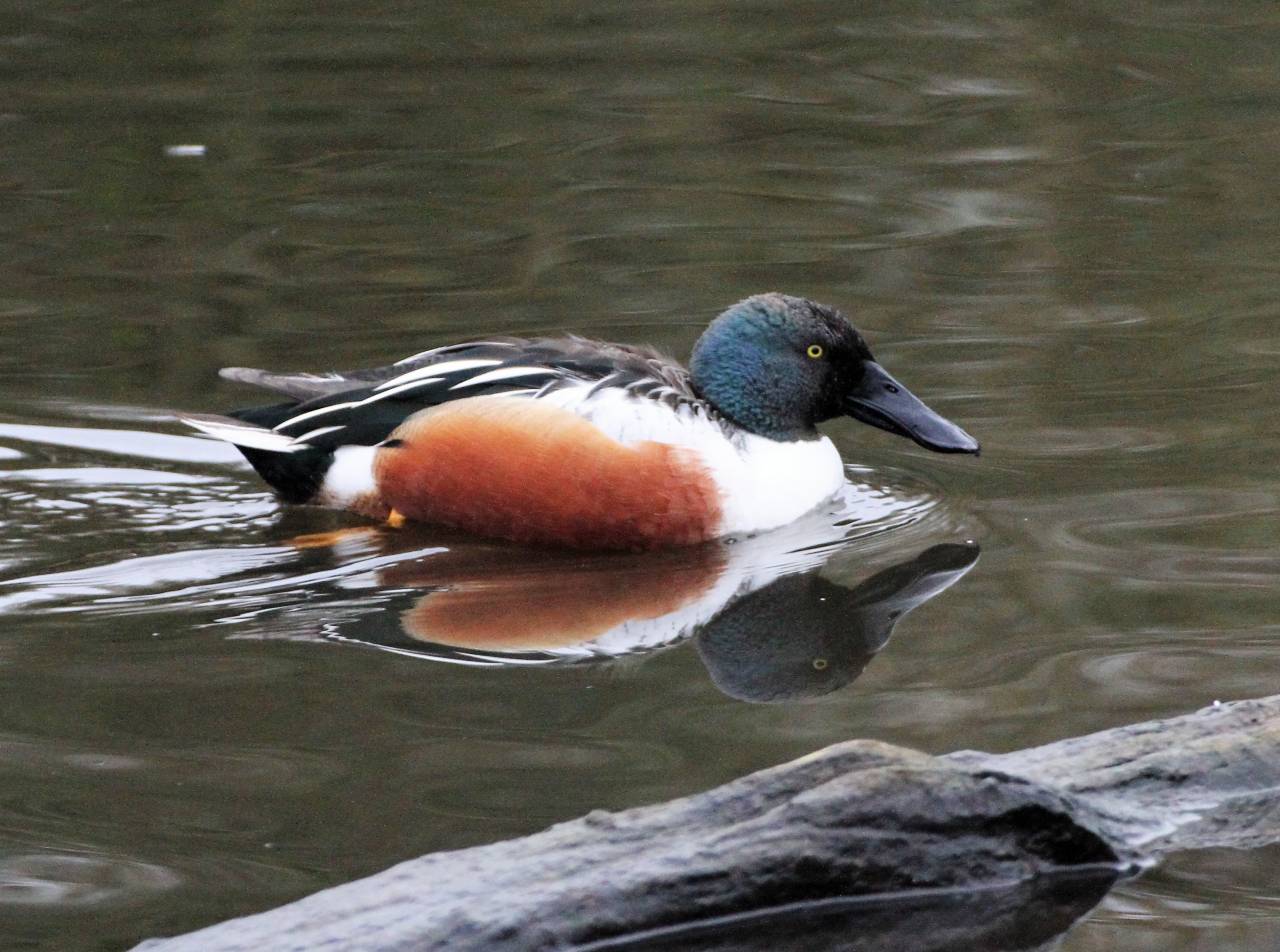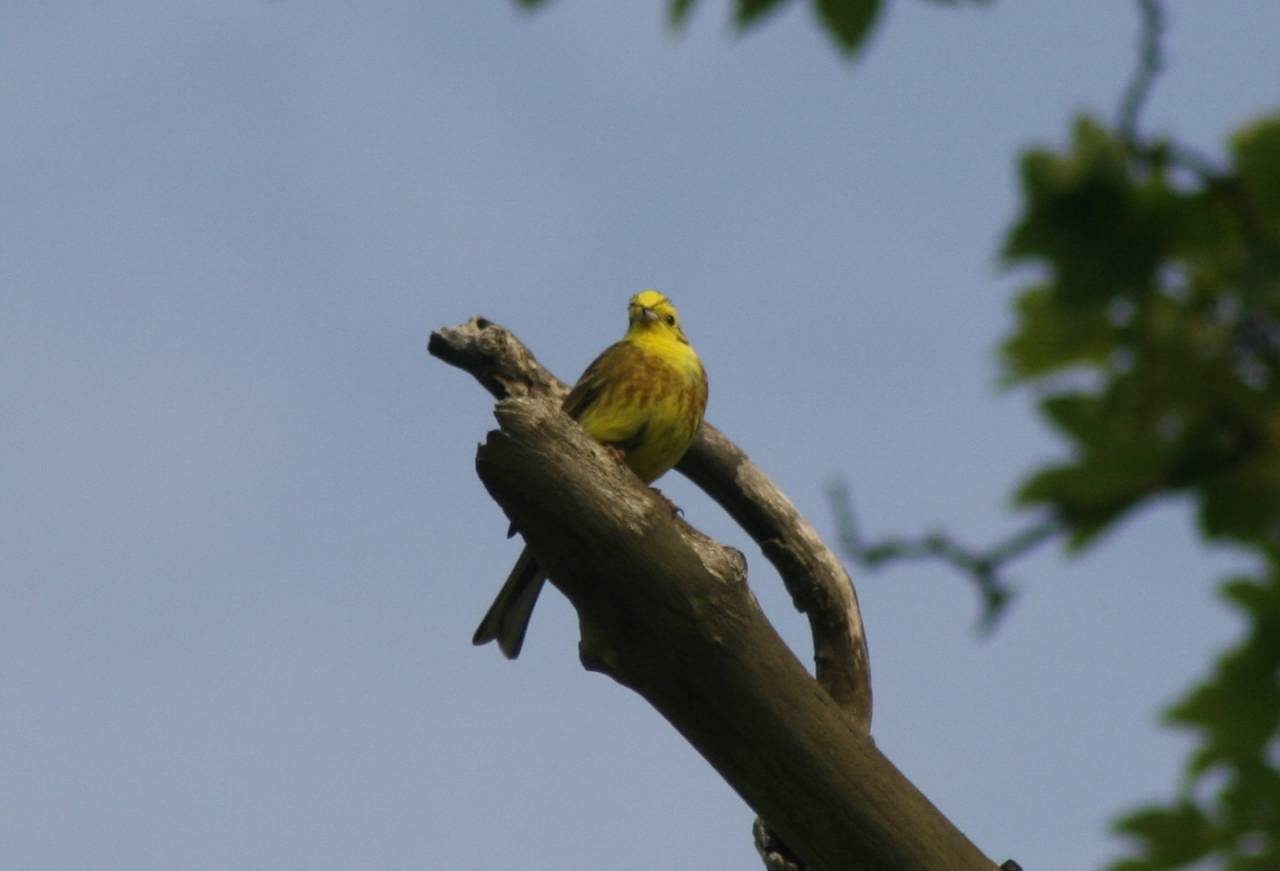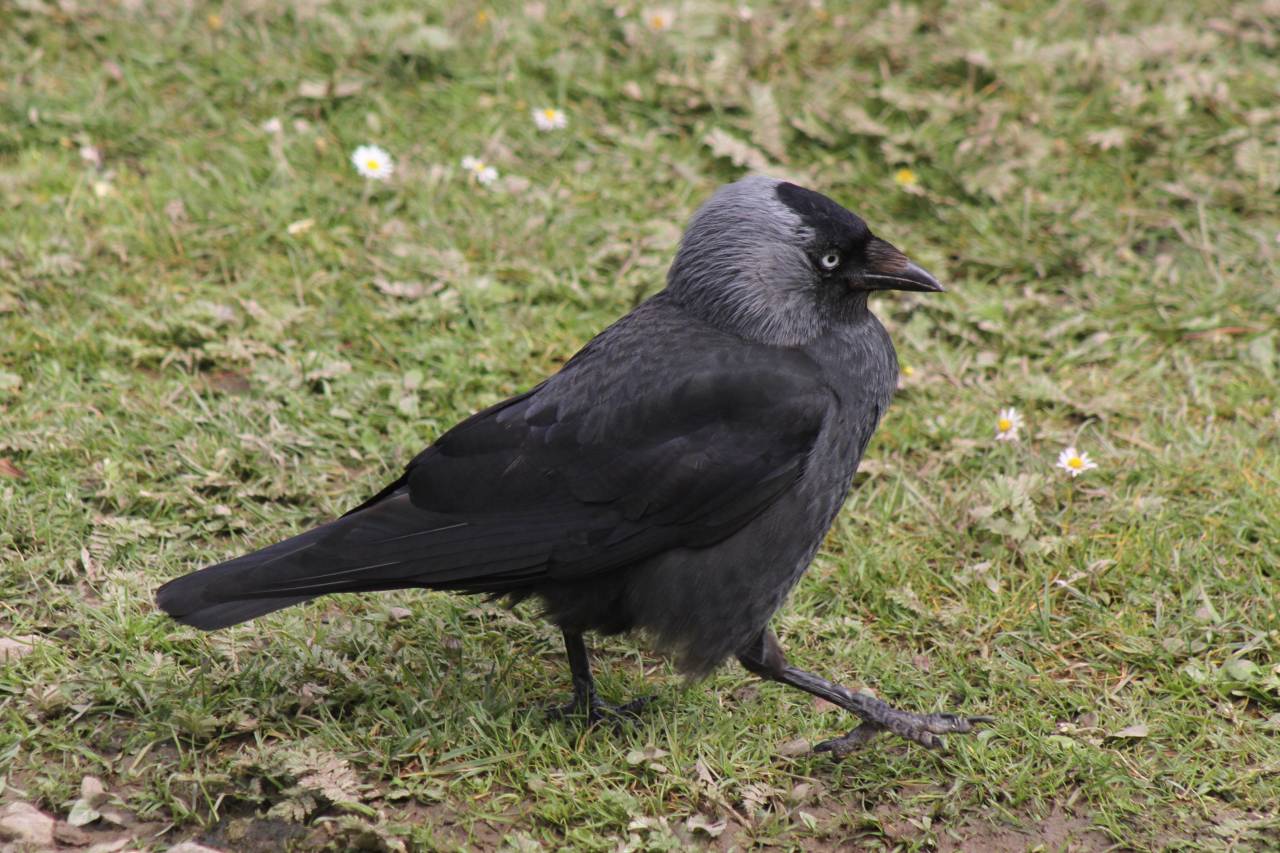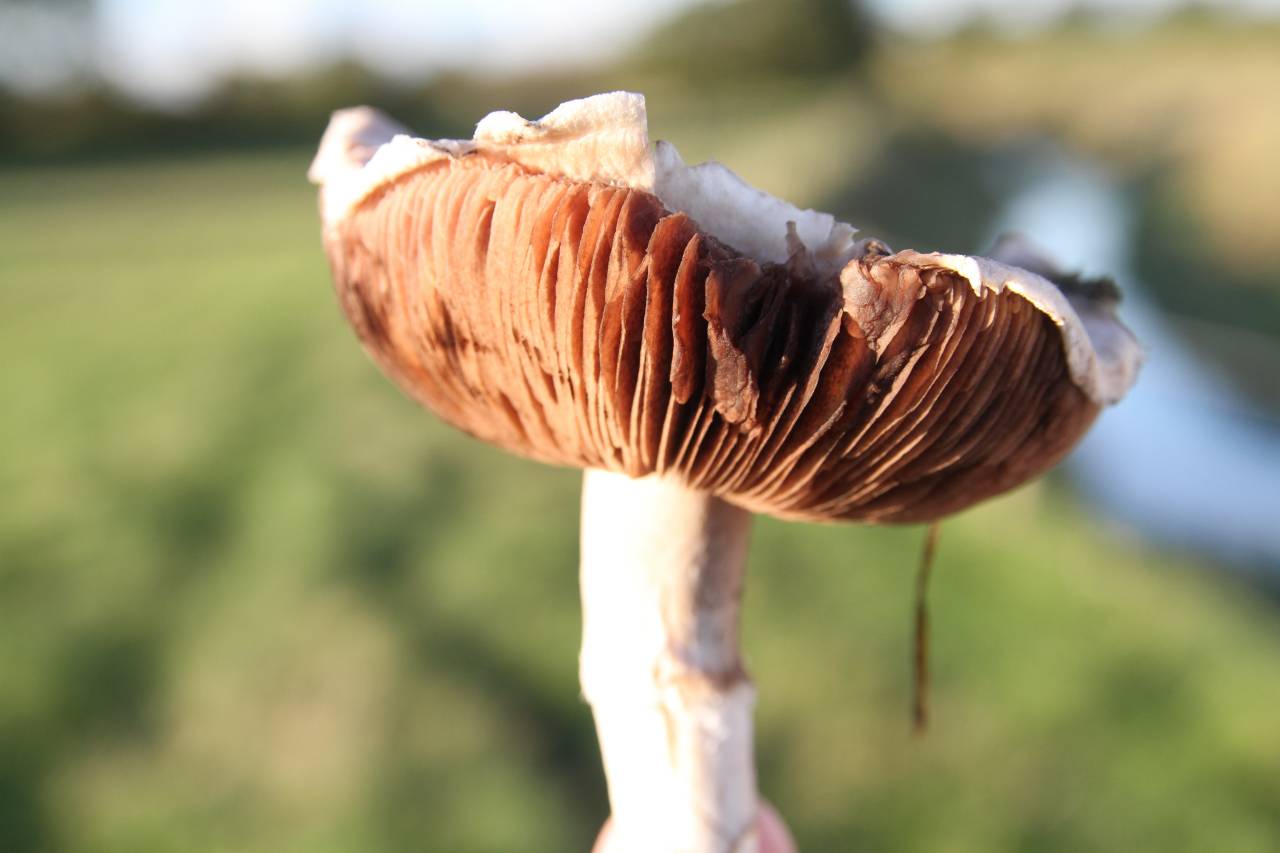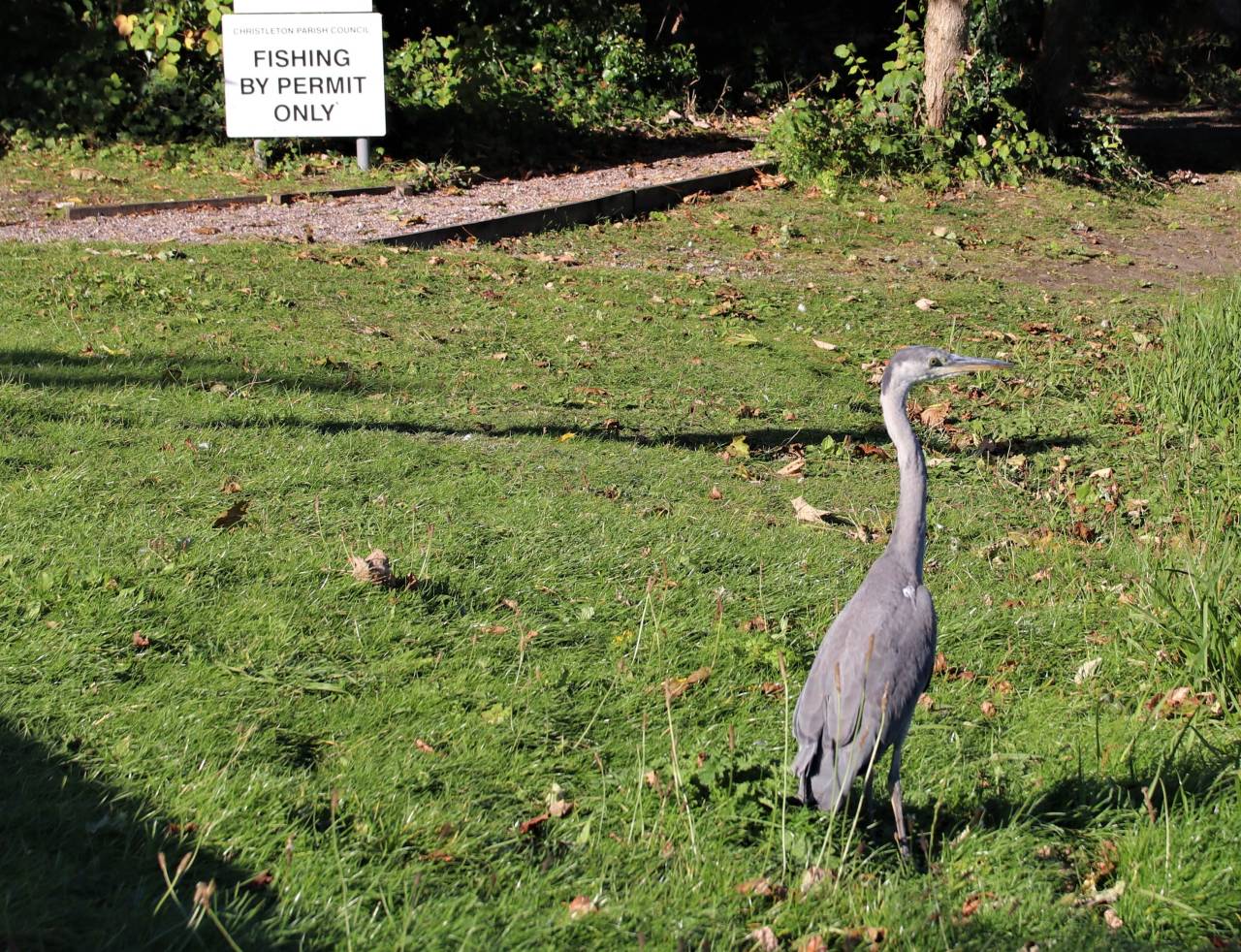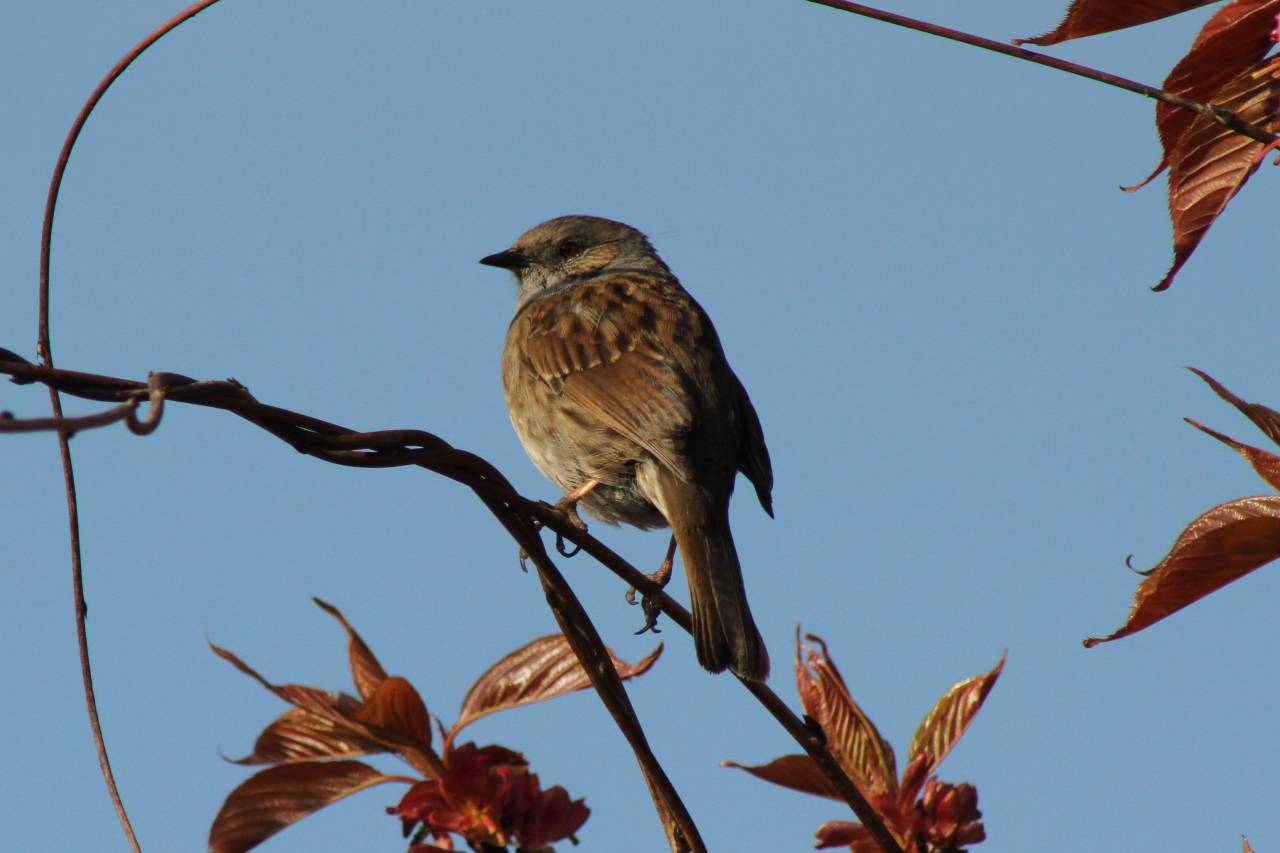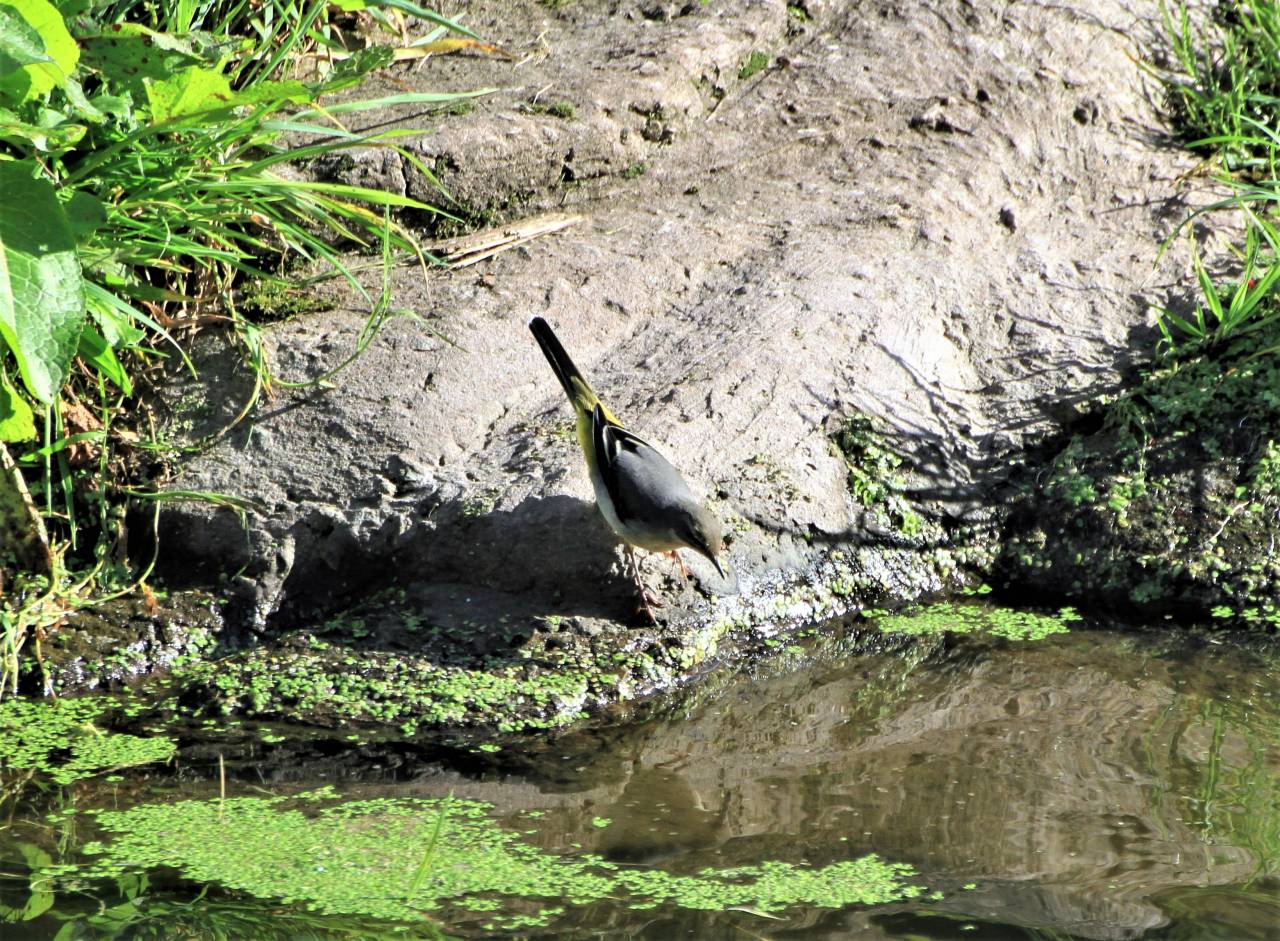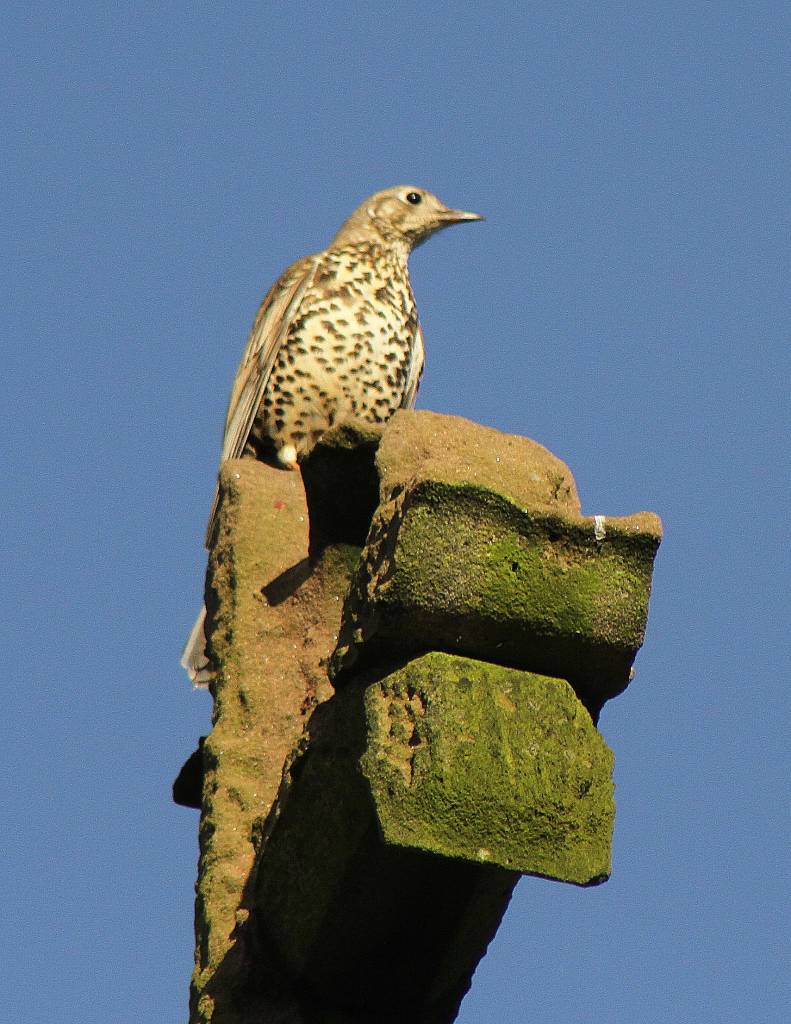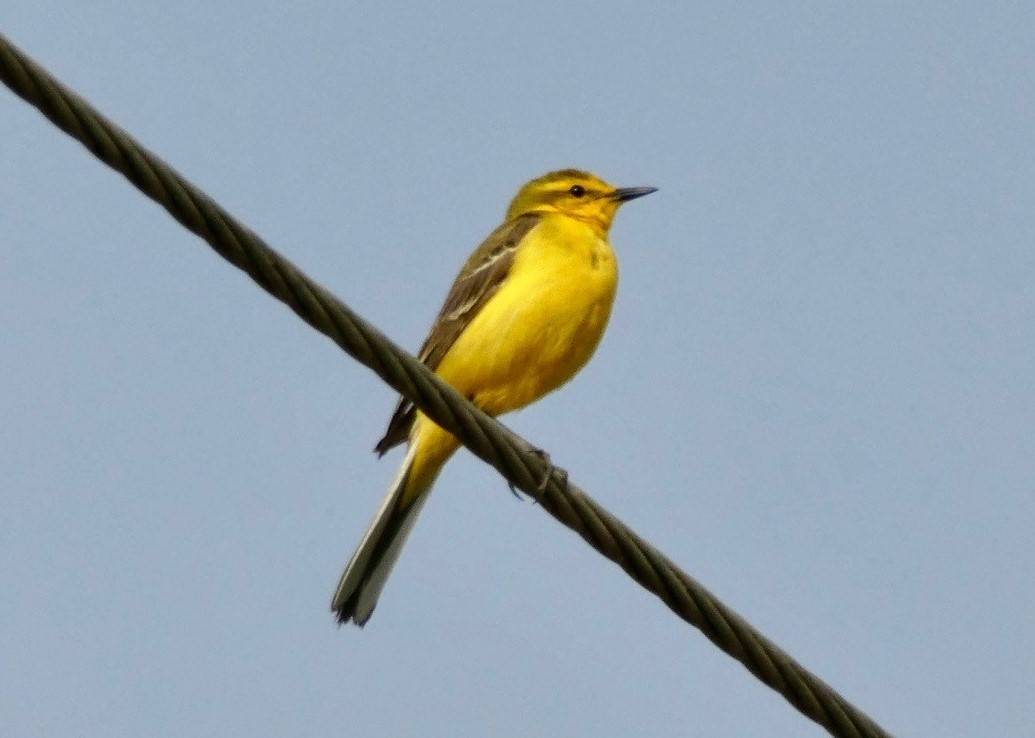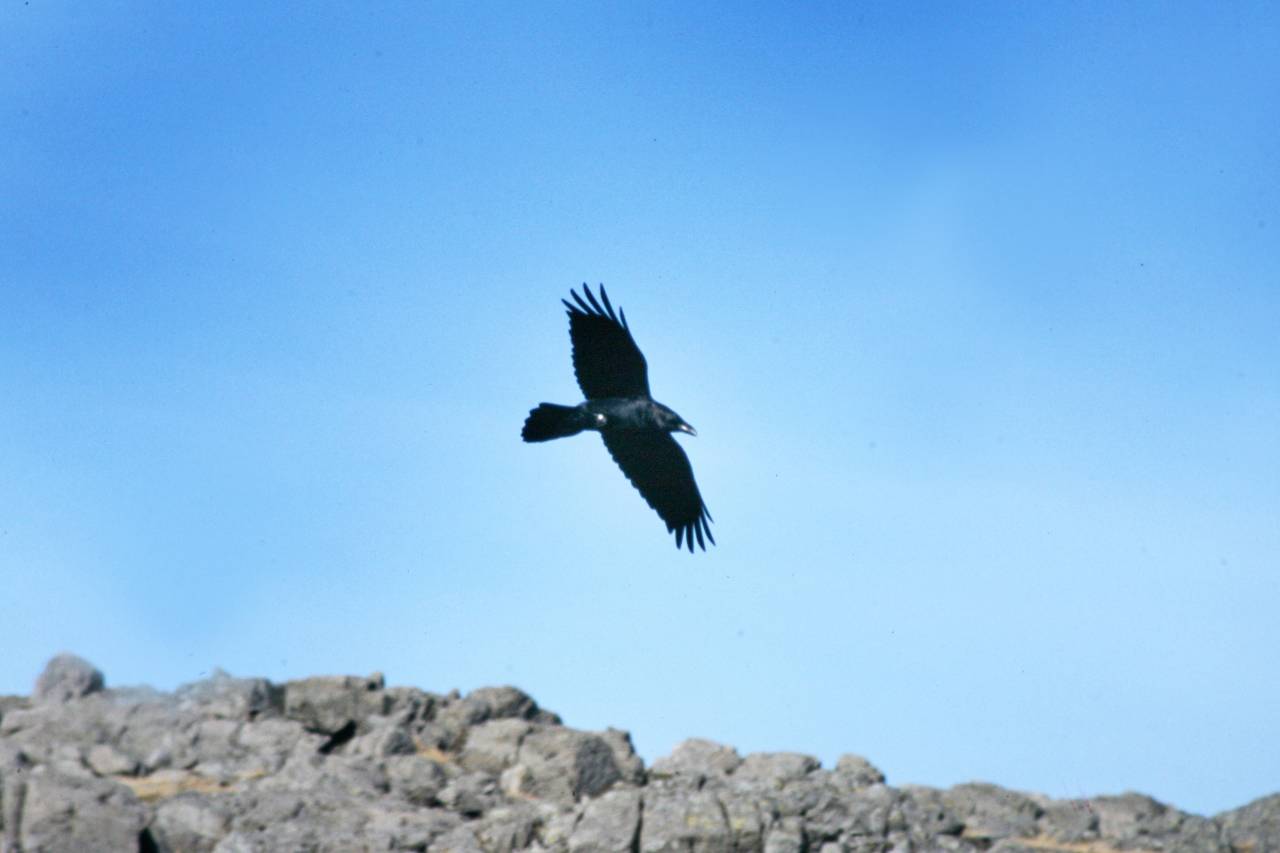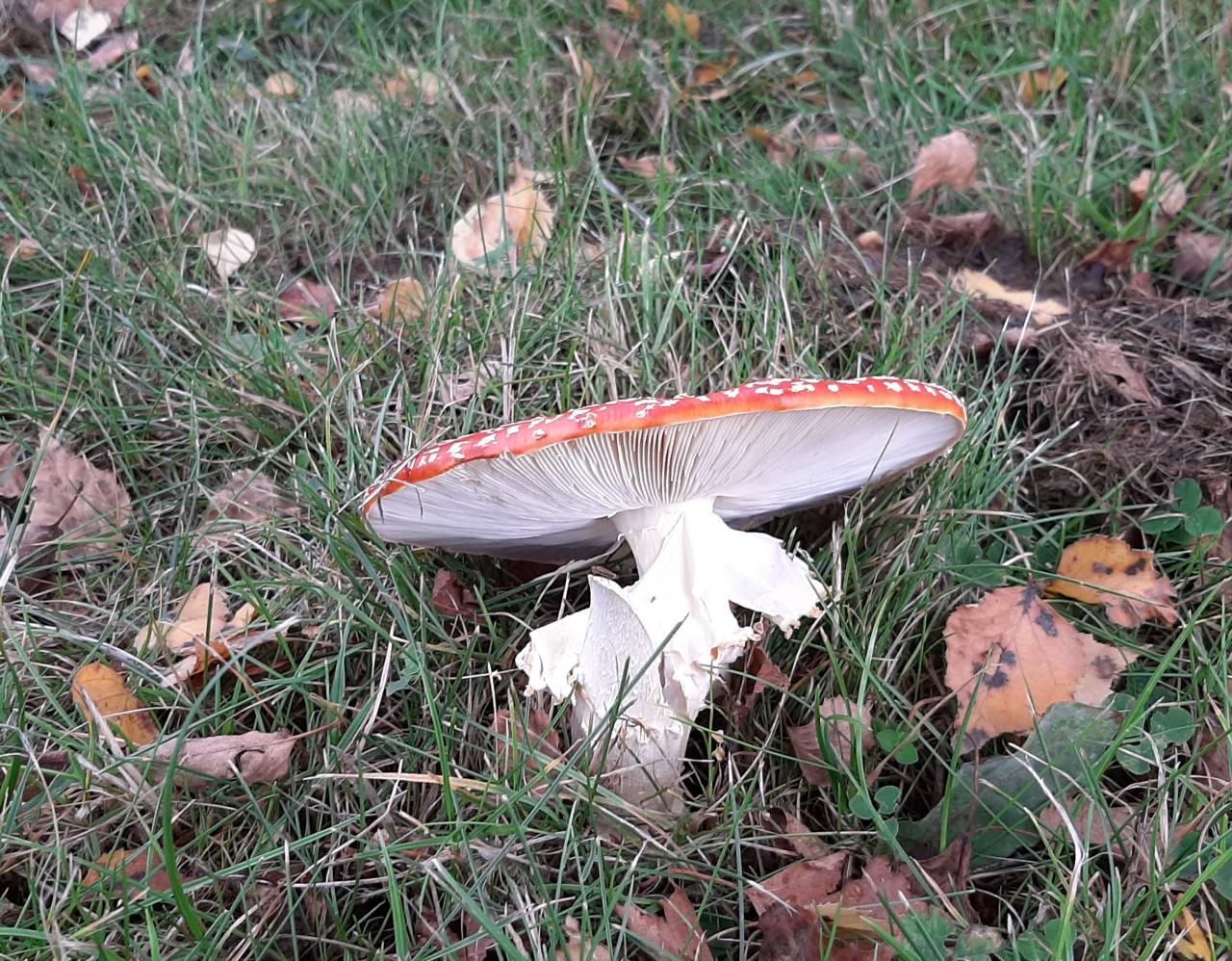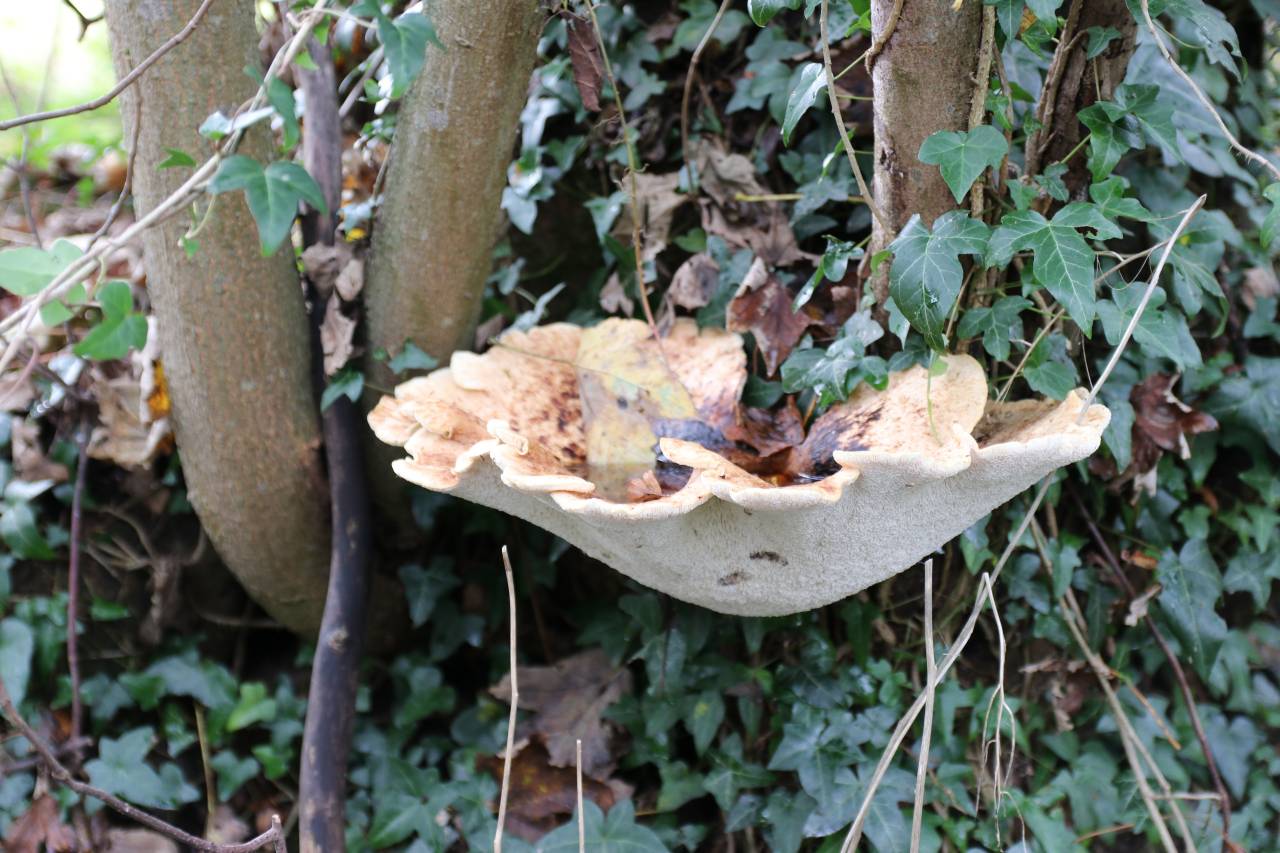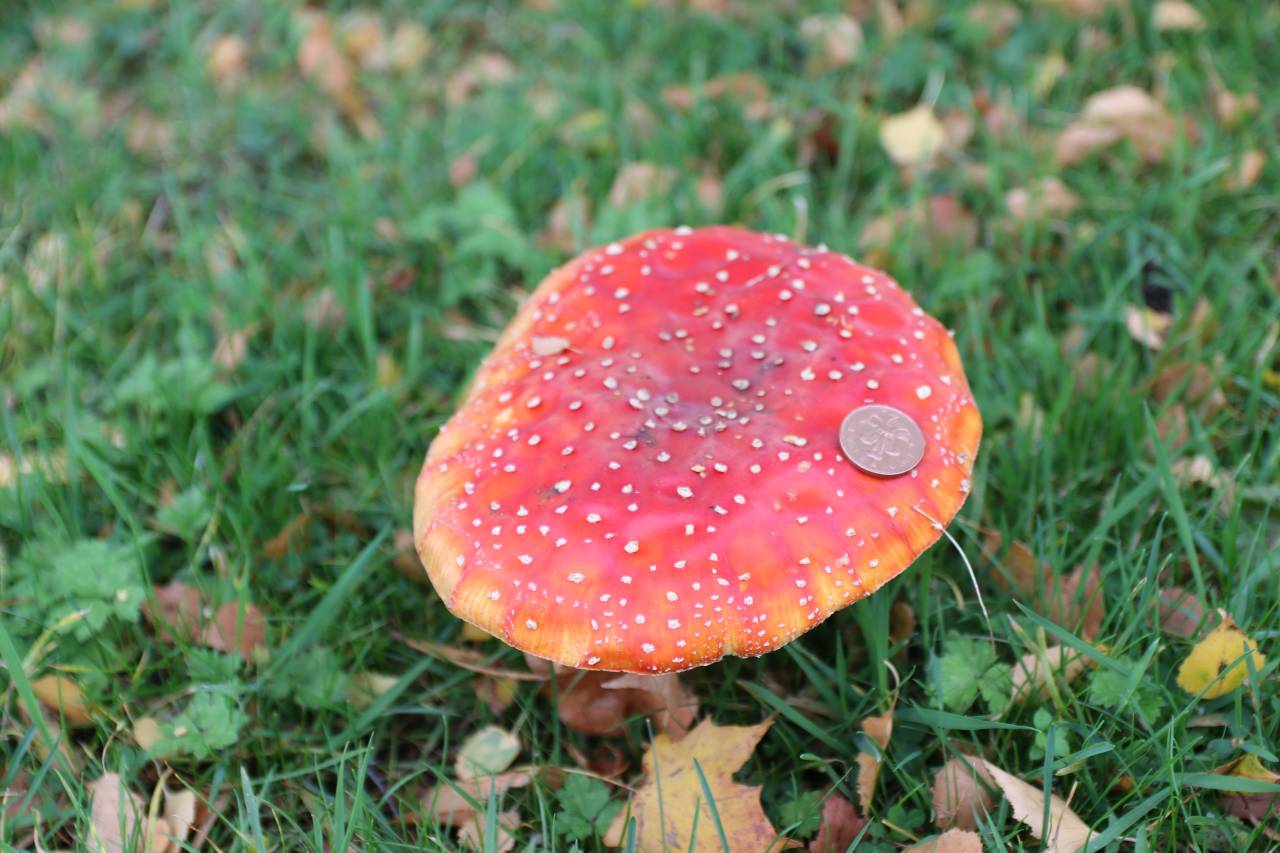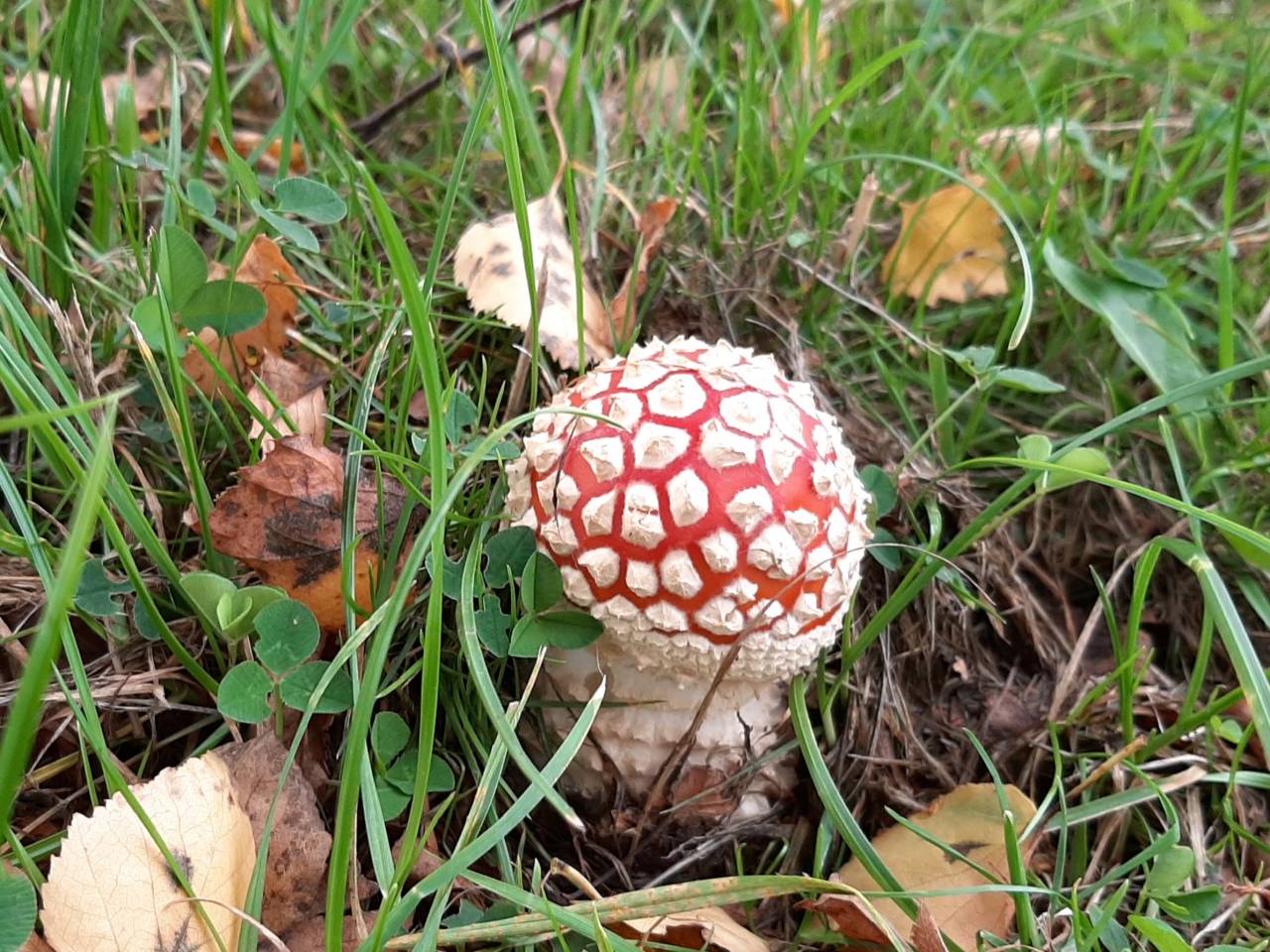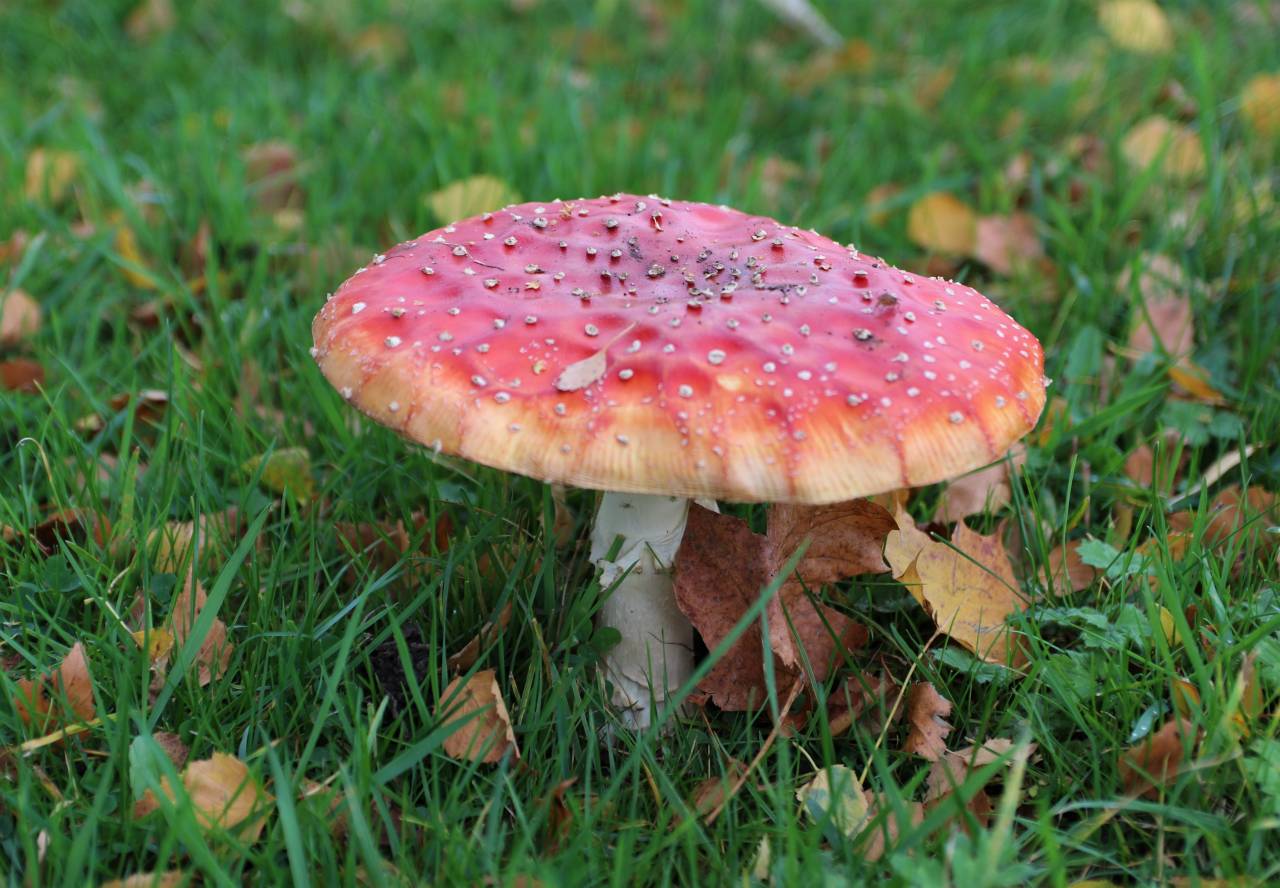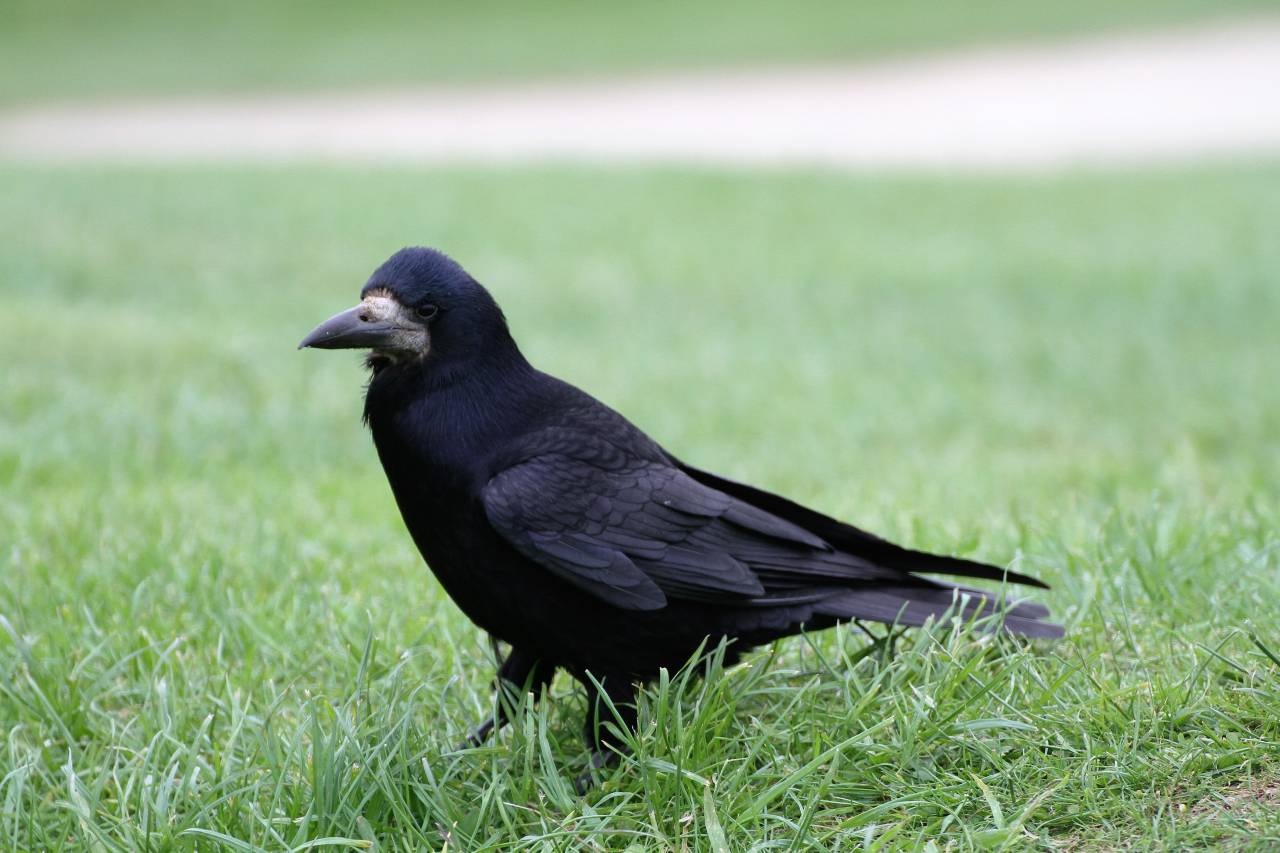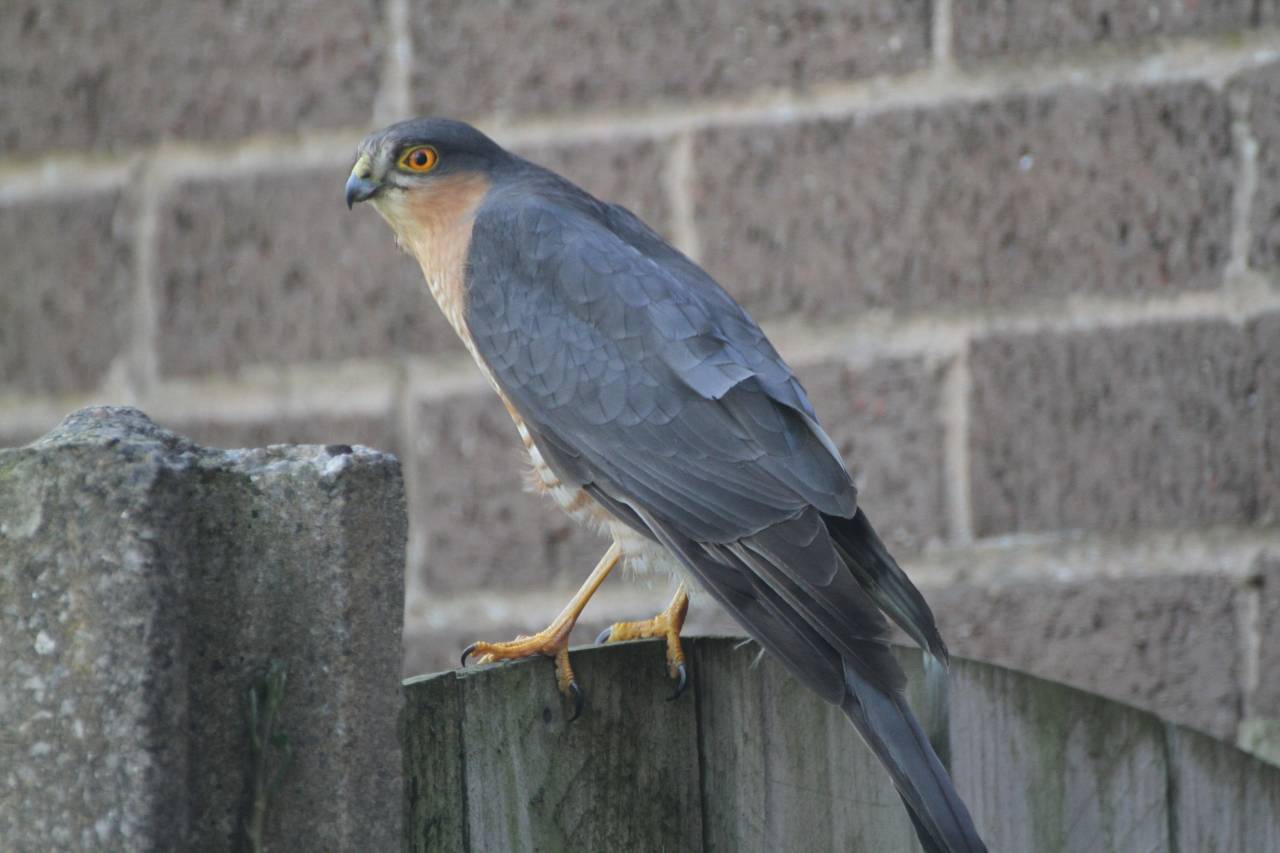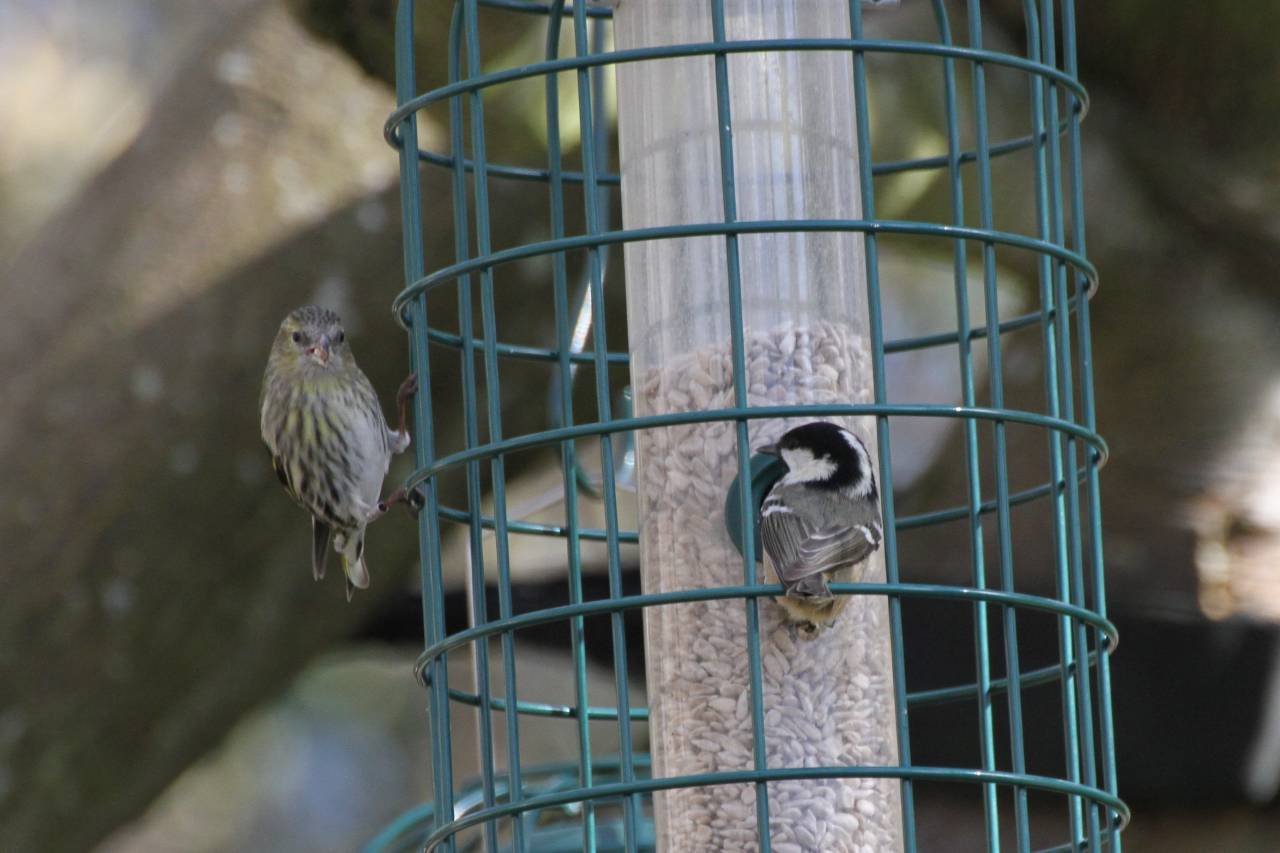


The month of October was one of the wettest months that I’ve ever recorded during my time in the village. 206mm (8inches) of rain fell and the whole area has been saturated. In fact we are on the way to perhaps beat last years record total of 52 inches of rain. The river Gowy was flooded again with water going over the banks in a number of places, and fields nearby including the wet meadow, becoming temporary lakes. This might account for the fact that there were 9 grey herons feeding there one morning, and several also appearing in the village, in gardens along the canal and at The Pit. One young heron at The Pit was so tame you could walk up to it easily with the camera. It clearly felt it didn’t need a permit to fish! A kingfisher was seen regularly and a rare yellow wagtail appeared again on an overhead power line in Plough Lane. Several yellowhammers were seen, and a pair of grey wagtails, seem to be resident at the Bridges. The otters are about, but you just have to be very lucky to spot them. They are leaving lots of spraints however which is an excellent sign. Icelandic pink footed geese are still very active and the sky was alive with thousands of them early on Sunday morning 1st November. There are also large flocks of Canada and greylag geese, with 500 and 150 respectively, and there is also the strange sight of 8 Egyptian geese flying along the Gowy, between lake and reservoir. These introduced geese which have escaped from collections are now breeding all over the country. Ten shoveler ducks accompanied by teal and wigeon can be seen regularly, with up to fifteen cormorants and numerous seagulls, herring and black headed. The increase in gull numbers at this time of year can usually be put down to farmers ploughing after harvest.
Observant villagers in Quarry lane will have seen two distinct patches of the poisonous fly agaric mushrooms, under silver birch trees. The wet conditions have caused them to swell to dinner plate sizes after a week. In fact fungi of many types will have benefited from the wet conditions, with field mushrooms growing at St James’ Churchyard, and lots of different types of bracket fungi. One magnificent specimen on Birch Heath Common was 30cm (1ft) across, and a large chicken in the wood bracket could be seen on an oak on Little Heath Road.
Lots of smaller birds are now returning to gardens, with regular sightings of blue and great tits, and we’ve been seeing the diminutive coal tit feeding on our bird feeders. Look out too for changing habits of bird species. Years ago it was unusual to see robins on hanging feeders, but now it’s common. In the last few days I’ve been watching the elegant hedge sparrow or dunnock experimenting with climbing up onto feeders. Until now they have always been ground feeders, picking up food from underneath bird tables. I haven’t spotted any blackcaps yet, but goldcrests are back in the churchyard together with mistle thrushes, fieldfare and redwing. Just look at the graves underneath yew trees and you will see thousands of red berries that have been pecked at but not eaten. The birds take the black seeds from within the fleshy fruit cover, and the pink flesh is left behind. There are also substantial flocks of jackdaws about and you can usually hear them calling” chack chack” above your heads. Wintering fieldfare have a similar call, but they are much smaller in size and tend to fly much higher. Several friends have commented about the lack of woodpeckers about recently, but I have spotted them coming back to their nesting territories, and drumming, which is a territorial call and also a display for potential mates. If you look up you might also see large black crow like birds with splayed out wing edges and large wedge tails. They are ravens which have a deep throated craaaaak, craaaak, call. These biggest members of the corvid family normally nest on sea cliffs, but there are often a pair in the air at Hockenhull, and around Christleton village, often at the same time as pairs of buzzard. There are also large gatherings of crows flying around the area, but I guess that these too are following the plough in search of rich pickings. Another spectacular bird you might glimpse is the fast flying sparrowhawk, and these highly mobile birds will swoop down on unsuspecting prey, often catching smaller birds feeding in our gardens. These breed in several places in the village, and can often be seen floating and gliding on thermals. My way of identifying a flying sparrowhawk is to watch its flight pattern. It flies with a “flap, flap glide, flap, flap, glide”. It is similar in size to a kestrel, but doesn’t hover as much.
-

Sparrow Hawk by John Ball
-

Kingfisher on the Canal
-

Redwing
-

Teal
-

Shoveler
-

Yellow Hammer
-

Jackdaw
-

Field Mushroom
-

Grey Heron at Christleton Pit
-

Dunnock
-

Grey Wagtail
-

Mistle Thrush
-

Yellow Wagtail by Hems de Winter
-

Raven
-

Fly Agaric
-

Bracket fungi on Birch Heath
-

Fly Agaric
-

Fly Agaric
-

Fungi in Quarry Lane
-

Fly Agaric
-

Rook
-

Yew Berries
-

Sparrowhawk in Croft Close, Waverton
-

Coal Tit and Siskin


